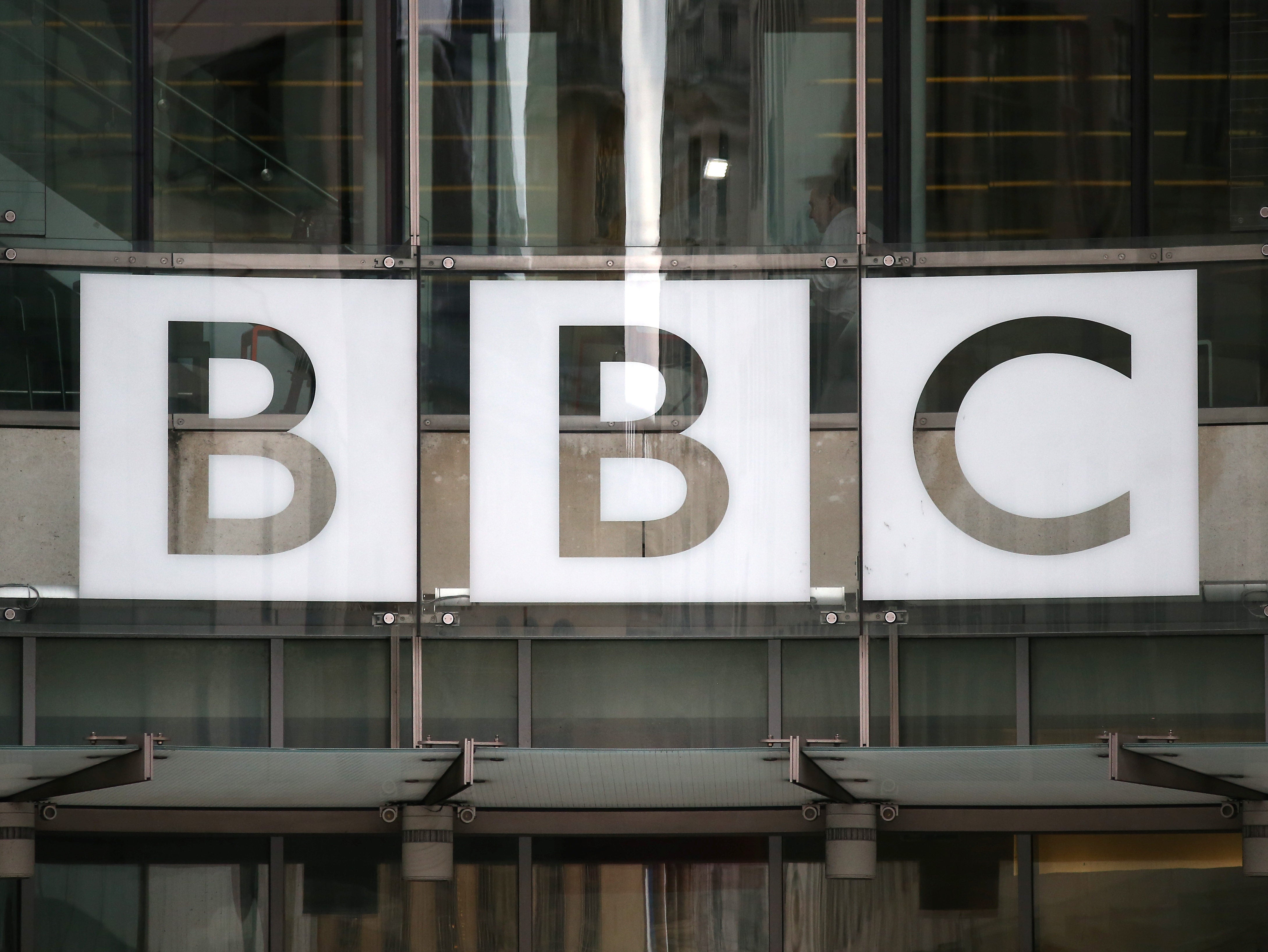
The BBC is hoping to help improve the representation of women within student journalism by sharing its own methodology relating to on-air gender balance.
The 50:50 Project sees teams within the BBC record their own figures to reveal the proportion of women appearing in their radio, TV and online content.
In news, those who are central to stories – for example Theresa May when she was Prime Minister – are not counted, but reporters, analysts, academics and case studies are.
Seven higher education institutions are now partnering with the 50:50 Project, adopting its methodology in their journalism courses so students keep track of the gender balance in their reporting.
The organisations who have signed up so far include the universities of Falmouth, West Scotland, Strathclyde, Liverpool John Moores, Nottingham Trent and Newcastle, and the National Film and Television School.
Liverpool John Moores lecturer Polly Sharpe said the challenge had already “made our young journalists think about who they are approaching when they are working on stories, and consider the importance of diversity in their work”.
“We hope they are developing skills which will stay with them for the rest of their journalistic career – ultimately fulfilling the 50:50 ambition in their profession. We are genuinely excited to be involved.”
BBC group managing director Bob Shennan said the representation of women at the BBC had already “radically increased” and that he was “extremely proud” the project was having an impact elsewhere.
“By helping to embed the 50:50 process in the way journalism students work today, we hope those same future editorial leaders will take these values into their first newsroom roles and beyond.”
BBC News presenter Ros Atkins was the driving force behind the challenge when he helped to pioneer the voluntary self-monitoring system on his programme Outside Source in 2017.
Since then, more than 550 BBC teams across TV, radio and digital output have begun to take part across news, sport, factual, music and entertainment programming.
By May this year, three-quarters of BBC news, current affairs and topical programming teams that had been monitoring their gender diversity over the previous year had reached a 50:50 on-air gender split.
A number of external partners, including the Financial Times and Australia’s ABC broadcaster, have signed up to replicate the project.
Picture: Reuters/Neil Hall
Email pged@pressgazette.co.uk to point out mistakes, provide story tips or send in a letter for publication on our "Letters Page" blog
